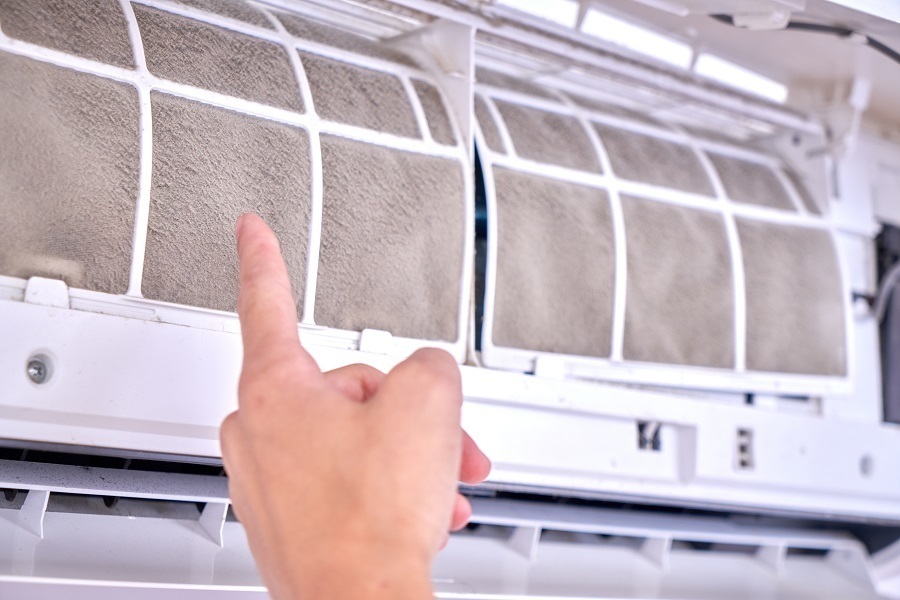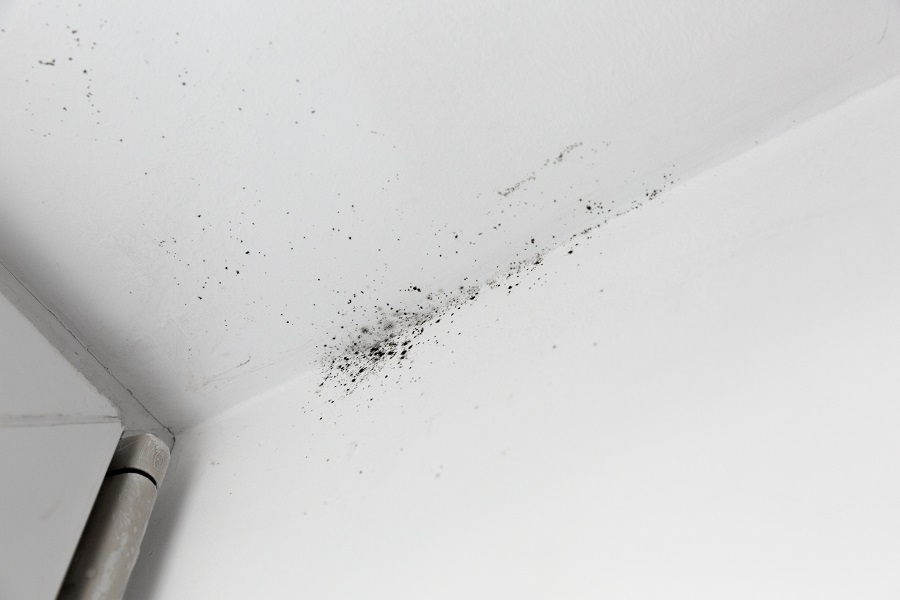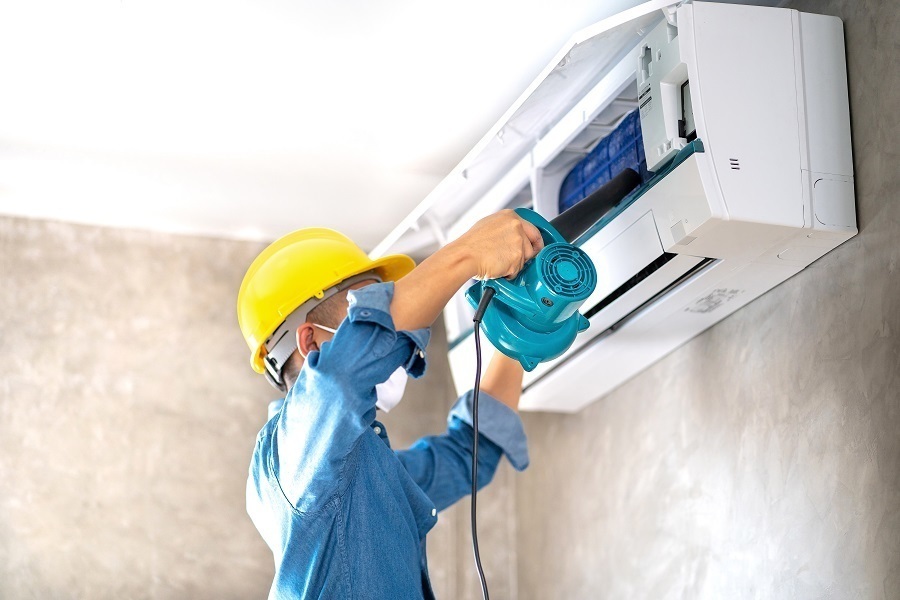Last updated on
Mold is a sneaky danger lurking in your HVAC system, and you may not know about it. Here are a few things you need to know how to identify and get rid of it.
Mold is a type of fungus that is extremely common in outdoor environments. Exposure to small amounts of mold in clean outdoor air isn’t harmful – in fact, it’s practically inevitable. But mold can grow at extraordinary rates inside your home when just a small amount of moisture is introduced.
Mold damage is often easy to spot because it will leave characteristic brown, green, black, gray, or bluish stains in areas affected by leaks or standing water.
When mold damage is readily visible, it can be fixed without too much difficulty. But there is a less common and much more hazardous possibility: That mold may infiltrate your HVAC system. Mold can stay in your HVAC ducts unnoticed for weeks or months, exposing you and your family to serious risks.
What's Inside
The Mold Damage You See May Be Only the Beginning

No matter whether it’s hot or cold out, the comfort of your home depends on your HVAC system. It also plays a major role in keeping your indoor air clean thanks to built-in air filters and other features. If HVAC ducts get clogged and dirty, indoor air can become many times more polluted than the air outside.
When mold gets into the ducts, it can cause severe health problems.
Unlike “spot” mold damage that you can find and trace to a single source, mold in your HVAC system is often hard to verify without professional help. Many homeowners develop symptoms of mold toxicity and do not even realize what the source of the issue could be.
Key Signs of Mold in Your HVAC System

After a major weather event, mold removal is essential. But even if you remove all the mold you can see in the home, it may still be present. Unless mold removal eliminates every source of mold in the building, the problem will not go away: When your blower turns on, your HVAC system will continue to spread spores.
Here are the major signs of mold in your HVAC system:
Symptoms of Mold Allergies and Mold Poisoning
Mold can cause respiratory symptoms in otherwise healthy adults. Kids, elders, and those with compromised immune systems are at even higher risk. Symptoms can range from stuffy nose and watery eyes to coughing, fever, sore throat, and fatigue. Asthma sufferers may have more frequent attacks.
Musty Odor After Turning Your HVAC System On
Whether you are using air conditioning or heating, a characteristic “musty” or “earthy” smell coming from your air vents is a giveaway that mold has gathered in significant quantities. Active airflow picks up mold spores and allows them to escape, so the smell will be less noticeable when the system is turned off.
Mold Build-Up on Exterior Air Vents
Look closely at your air vents and you may be able to see mold build-up. This usually takes the form of black, white, or green spots near the edges of the vents. You should also take out your vents and check the opposite side, which isn’t usually visible. Cleaning external vents is the first step in a mold removal plan.
Mold on Furnace or Air Conditioner
Mold removal needs to take your major HVAC equipment into account, too. It is common for a mold infestation to begin because of a leak in or around the air conditioner. Yes, you may need mold removal service even if the weather has been crystal clear and the humidity is low.
Leaks or Puddles in the Home
Mold problems are usually associated with excess moisture entering the home. A small leak, even a tiny drip, may produce enough moisture for mold to develop within the walls. Check around all bathroom fixtures and inside your attic for moisture sources that might otherwise be overlooked.
Mold Removal from HVAC Air Ducts and Elsewhere at Home

Mold removal needs to be complete and comprehensive. That means end-to-end cleaning of mold and any other contaminants from your air ducts. Moisture sources that facilitate mold growth must be found and fixed, and any items, like rugs, with water damage should be removed and thoroughly sterilized.
It is a wise idea to call a mold removal professional rather than try to clean mold from air ducts yourself. Some forms of mold, such as stachybotrys chartarum (toxic black mold) spread sticky spores when they are disturbed. Inhaling these spores can cause acute mold toxicity, which might require emergency medical care.
White vinegar can remove some forms of mold from hard surfaces such as the tub and floor tile. On permeable materials like wood, however, mold can spread far beneath the surface.
The sooner mold removal gets done, the better. Always double-check your HVAC system if you suspect mold may be in your home.




